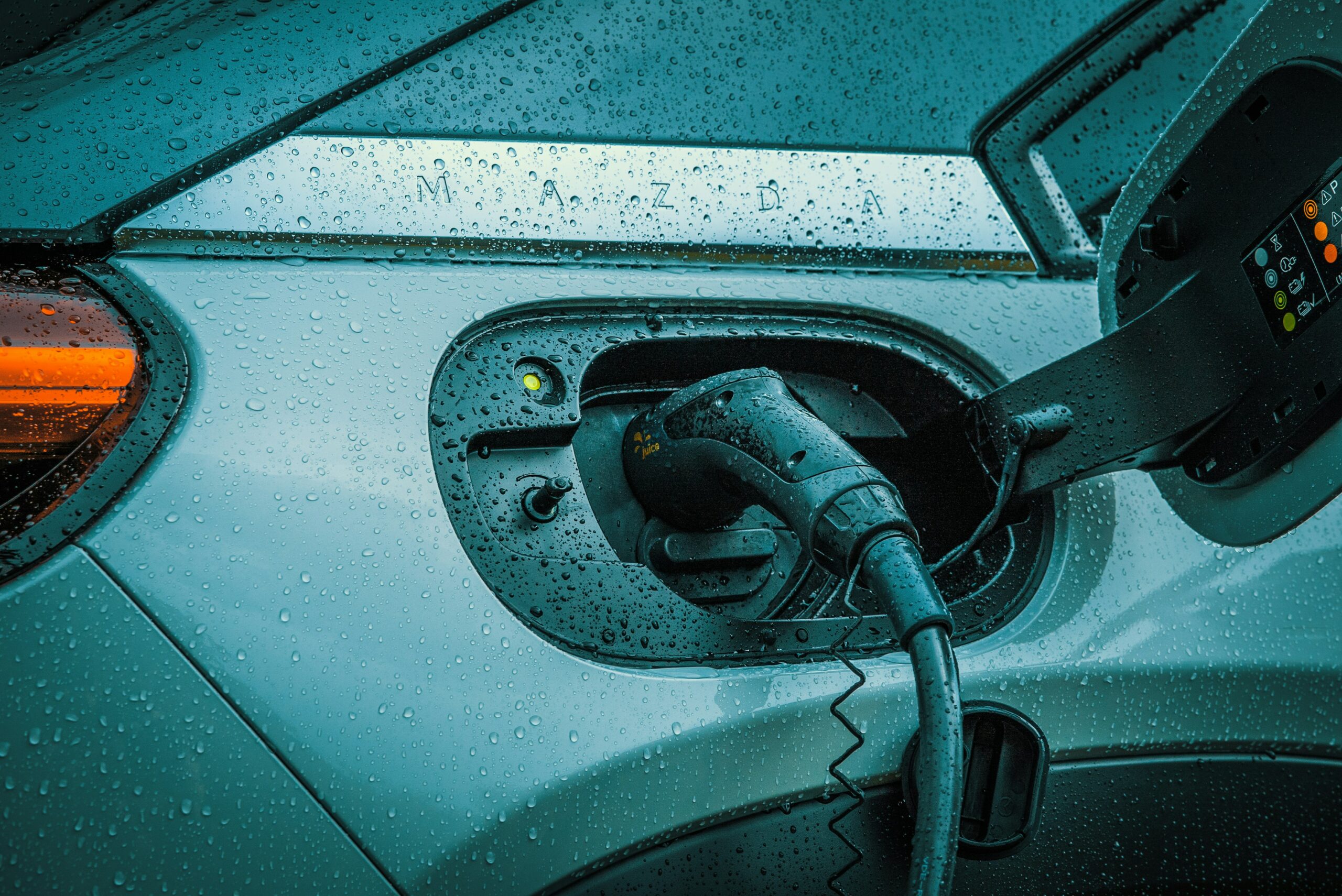Is the European Union doomed to failure on batteries?

Overcapacity in China and large subsidies from the United States are reducing the European Union's chances of developing its own battery industry. Part of the automotive supply chain risks disappearing with the transition to electric
The Net-Zero Industry Act, the law to stimulate the manufacturing of "clean technologies", presented in March 2023 , provides that by 2030 the European Union will produce at least 40 percent of its annual battery needs internally. Already a few years earlier, in 2019, Germany and France had reached a billion-dollar agreement to support the development of a European battery industry – fundamental devices both for powering electric cars and for storing renewable energy – and reduce the gap with China, clearly the largest producer in the world. Today, however, the Franco-German ambition has lost momentum, wrote Bloomberg , and the community objectives seem more difficult to achieve.
THE CONTEXT
Electric vehicle sales are slowing, and so the continent's automakers – such as Volkswagen, Mercedes-Benz and Stellantis – are reviewing their battery plans.
In China, manufacturing companies are cutting their sales prices, making themselves even more competitive compared to European companies: Chinese companies, such as CATL, have achieved such an economy of scale that they can produce at significantly lower costs than Western competition, and could exploit this advantage to position itself well in new storage technologies free of cobalt and nickel .
In the United States, however, the Biden administration has approved a large law providing public incentives for clean tech – the Inflation Reduction Act – which has pushed some European companies to reorient investments : this is the case of Norwegian Freyr Battery.
“All this,” according to Bloomberg , means the European Union “risks falling behind in the race to build and power the electric vehicles of the future.”
THE BATTERY INDUSTRY IN EUROPE
In Europe, access to state aid is more complicated due to bureaucracy, and car manufacturers – the same ones, very often, that are also investing in battery manufacturing – already have to deal with the reduced profit margins of vehicles electrical. Volkswagen has scaled back its battery plans and Automotive Cells Company, led by Stellantis and Mercedes-Benz, has suspended operations at two out of three plants due to falling demand for electric cars. The European startup considered the most promising, the Swedish Northvolt, produces high-end cells, but the batteries imported from China are cheap, as well as numerous. The European context, however, is also not very positive for the Chinese SVolt Energy Technology, which has decided to cancel a project in Germany, given the uncertainties about subsidies.
The large groups in the sector, however, such as the Chinese CATL – the largest producer of battery cells in the world – or the South Korean LG Chem could strengthen their positions in Europe: CATL already has a factory in Germany and is building another in Hungary, while LG Chem has been operating in Poland for about six years.
If the European Union fails to develop its own battery supply chain, the risk is that a large portion of its automotive industry – which is currently worth 7 percent of the bloc's economy – will disappear in the transition to electric mobility, as has already happened to the solar panel, consumer electronics and microchip sectors.
THE GAP ON SUBSIDIES WITH NORTH AMERICA
Since the beginning of 2022, the European Commission and the United Kingdom have together approved less than 7 billion euros in state aid for battery manufacturing: Bloomberg writes that much more, 140 billion, would be needed to reach the target of 1, 4 terawatt hours of production capacity by 2030. Meanwhile, in North America the United States will provide $160 billion in tax credits for battery and solar cell projects before 2029; in Canada, battery incentives totaled $25 billion in 2023 ( Volkswagen and Stellantis have invested in the country ).
DEVELOP A COMPLETE SUPPLY CHAIN
If the European Union seems to be struggling already in the manufacturing phase, achieving self-sufficiency in the entire battery supply chain currently seems almost unattainable. China, in fact, is not only the largest assembler of batteries, but is also the country that controls – with very high percentages, often exceeding 80 percent – the extraction and above all the refining of raw materials, such as lithium and graphite, but also the production of anodes and cathodes, the two main components of batteries.
So far, most of the European investments related to batteries have been directed towards the cell manufacturing phase, however leaving the extraction and refining segments of the so-called "critical minerals" uncovered.
THE CHINESE OVERCAPACITY PROBLEM
Emancipating yourself from China is difficult. The country has a battery manufacturing capacity which, thanks to the substantial subsidies provided in recent years, is almost three times higher than domestic demand ; in 2025, if all the announced new factories come online, this capacity will be more than six times greater than required. Globally, according to BloombergNEF, production capacity for lithium-ion batteries is already more than double what is needed. Under such conditions, companies new to the industry may not be able to survive for long.
This is a machine translation from Italian language of a post published on Start Magazine at the URL https://www.startmag.it/energia/crisi-industria-batterie-unione-europea/ on Sat, 22 Jun 2024 04:48:16 +0000.
